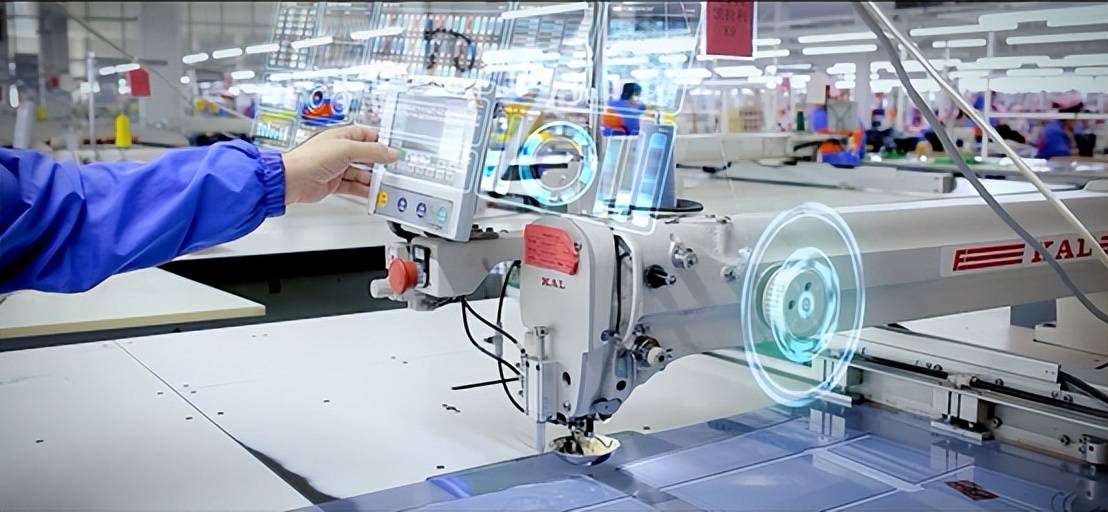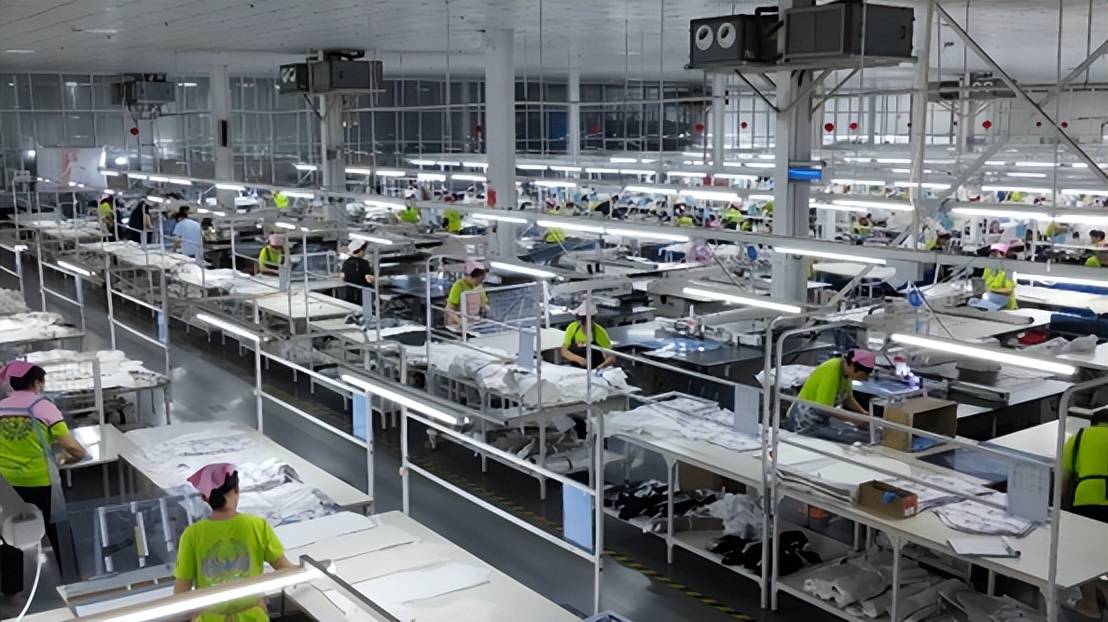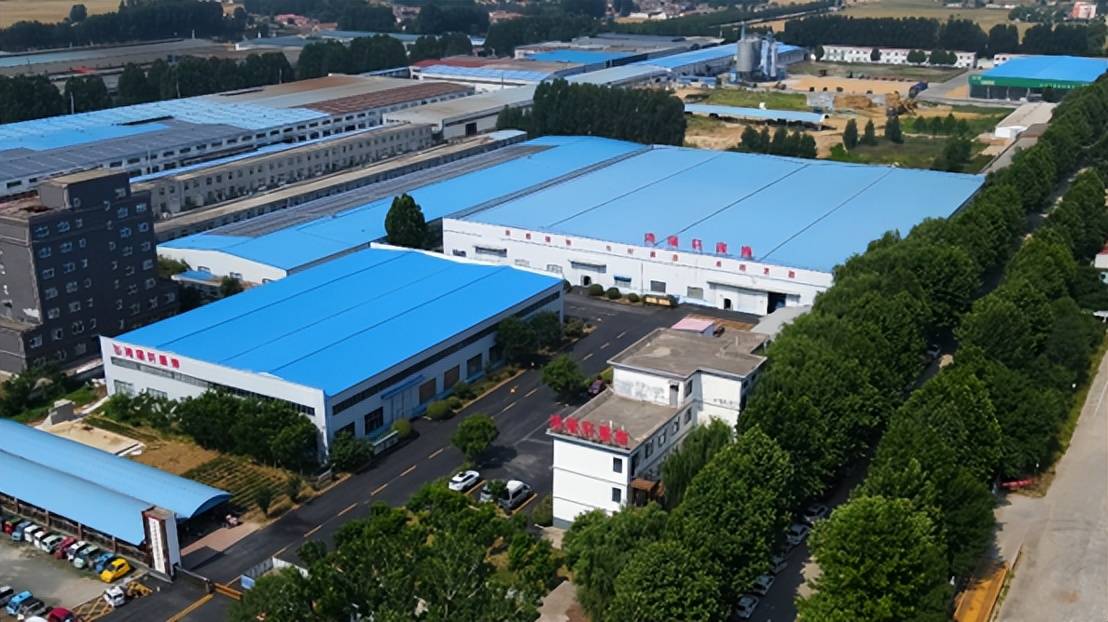









As a benchmark enterprise in Shandong Province's woven garment sector, HT Fashion Group has, over the past 12 years, focused on apparel research and production, specializing in products like down jackets, outdoor jackets, and windbreakers. Centered around its international business, the company has established three trading firms within China, operates 16 branches in four countries worldwide, and owns seven direct garment production bases with 60 production lines, achieving an output value exceeding 1.2 billion yuan.
The gradual formation of HT Fashion's modern industrial system is attributed to its leadership in the digital economy, the full integration of modern technology with the textile industry, its multi-level talent cultivation strategy, and its commitment to green manufacturing and social responsibility in line with industry policies. These aspects are precisely key components outlined by the China National Textile and Apparel Council in the "Action Outline for Building a Modern Textile Industry System (2022-2035)" as effective pathways for the textile industry to achieve Chinese-style modernization. This indicates that HT Fashion has explored a forward-looking path in its steadfast progress.

Deep Integration of Digital Economy and Textile Industry
For the textile industry, the digital economy and intelligent technologies serve as development engines, industry compasses, and sources of innovation. In just over a decade, HT Fashion Group has progressed from Industry 1.0 to 4.0, transforming from a garment trading company to an integrated industrial-trade enterprise, completing a closed-loop supply chain, and achieving intelligent digital production and manufacturing—all thanks to its digitalization and intelligent construction efforts.
HT Fashion has developed a cloud platform supported by cutting-edge technologies like low-code agile development, mobile internet, and big data analytics. This platform includes eight engines, over 50 business components, three deployment methods, four levels of permission control, five application models, and two-way integration with six mainstream ERP brands, providing one-stop services from overall planning to practical application for the group's informatization. With ERP and MES systems, every step from the birth of "a piece of fabric" to the completion of a garment is traceable. The Huansi Smart Factory MES system fully applies IoT technologies such as barcodes, RFID, and sensors, effectively addressing major production challenges like scientific scheduling, data collection, standard process guidance, preemptive verification, reflexive control, and piece-rate wages.
Additionally, HT Fashion has introduced advanced equipment like automatic cutting machines, automatic filling machines, automatic template machines, and automatic sealing machines to achieve high-efficiency intelligence. Notably, in printing and inspection processes, HT Fashion has fully implemented digital technologies and intelligent equipment, such as digital transfer printing, heat transfer, and intelligent needle detection. Through these initiatives, HT Fashion Group has realized efficient supply chain collaboration.
Multi-Level Talent Cultivation in the Industry
As an international supply chain company specializing in garment research and production, HT Fashion has launched a multi-level, highly skilled talent cultivation strategy. Through clear job divisions, reasonable system settings, and enhanced professional training, the company continuously improves employees' professional abilities and overall qualities to achieve intelligent and digital production and establish digitally managed warehouses.

HT Fashion has three design teams located in Jinan, Qingdao, and the United Kingdom, nurturing over 50 professional designers proficient in ODM product development. In addition to emphasizing the selection of professional talent, the company strengthens employee training by cultivating 3D modelers and introducing new technical talents skilled in systems like 3D CLO and Style3D, thereby enhancing the overall professional capabilities and comprehensive qualities of its staff. HT Fashion stated that it will continue to expand the capacity of its existing seven factories and increase its workforce to 3,600 employees. To attract more industry talent and enhance competitiveness, the company plans to further increase employees' social insurance contributions and support more female employees in advancing to management positions.
Practicing Green Manufacturing in Textiles
To uphold green development and fulfill social responsibility, HT Fashion adheres to principles like green procurement, green logistics, and green recycling. The company's supply chain has obtained a full set of certifications, including GRS, OEKO-TEX, and Renewable Energy Certificates (I-REC). Since 2019, it has consistently completed the annual IPE and HIGG environmental data submissions and continues to extensively use BCI and organic cotton.
In procurement, HT Fashion purchases large quantities of recycled fabrics, accessories, and packaging materials to reduce natural resource consumption. During production, the company emphasizes environmental protection, notably by installing sewage treatment equipment in its embroidery center and passing environmental assessments for projects processing 3 million digitally printed garment pieces annually. In terms of recycling, the company reduces environmental impact by reusing waste materials.

Moreover, HT Fashion's newly commissioned 398.52 KWp distributed photovoltaic project reduces carbon dioxide emissions by 478.56 tons of CO₂ equivalent annually. The HRX factory currently utilizes 100% green electricity. By 2024, the company expects three of its factories to achieve 100% green energy supply, with HT Wenshang and HT Juye beginning to use solar photovoltaic energy.
Under the new era's backdrop, HT Fashion will closely align with national strategies, unwaveringly following the path of Chinese-style modernization. Guided by technological innovation, supported by talent cultivation, and adhering to the principle of green manufacturing, the company is committed to taking more determined steps. It will actively participate in the deep integration of the global textile industry chain, collaborate with international peers, lead the high-quality development of China's modern textile industry, and contribute to realizing the Chinese Dream of the great rejuvenation of the Chinese nation.
Original source and title of "Textile and Garment Weekly" HT Fashion: Find the right course in the new journey of Chinese-style modernization
